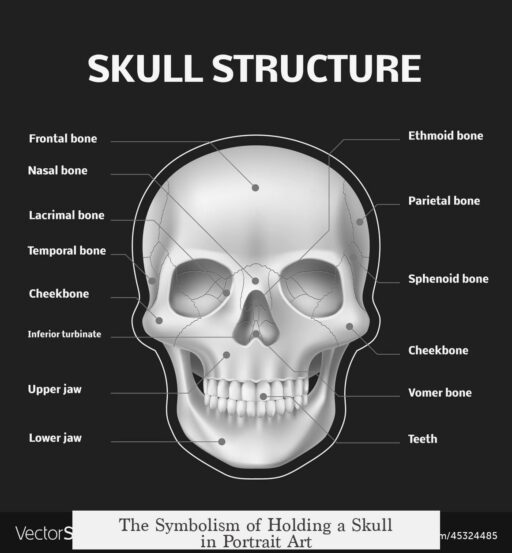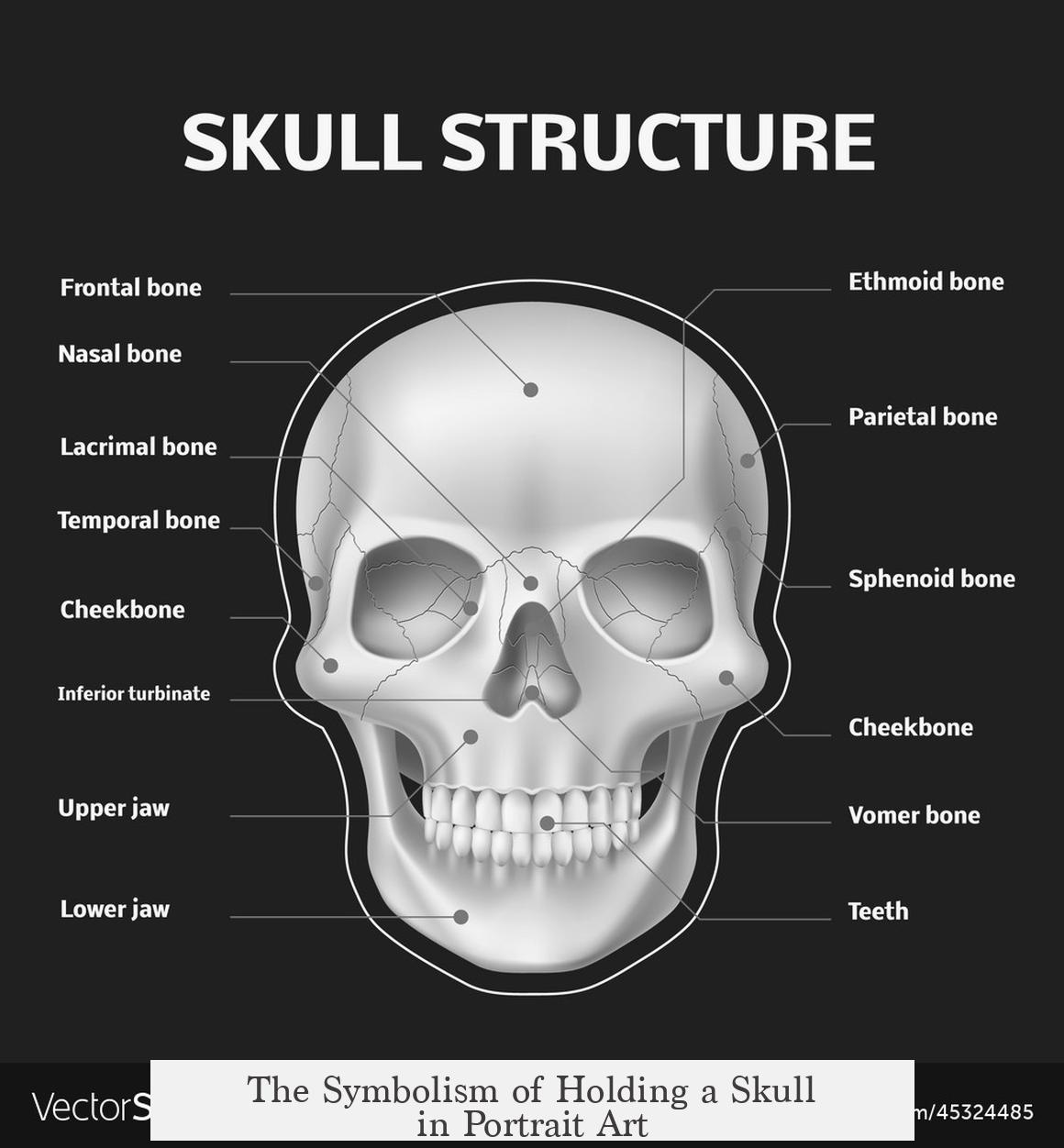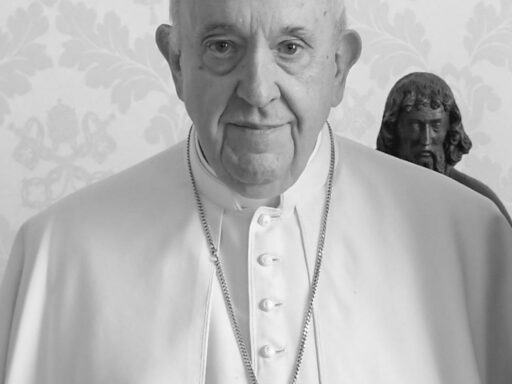Holding a skull in portraits symbolizes mortality and the fleeting nature of life, serving as a memento mori—a reminder of death and the inevitable end all humans face. This imagery prompts both the subject portrayed and viewers to reflect on life’s transience and encourages contemplation of death.
Originally rooted in vanitas art, a genre featuring objects like dead flowers, hourglasses, and extinguished candles, the skull represents impermanence. Though often part of still life compositions, the skull frequently appears in portraiture to reinforce this message on a personal level.
One notable example is the depiction of Mary Magdalen holding a skull. In religious paintings, this symbolizes penitence and spiritual reflection. The skull acts as a tool to convey her remorse and acknowledgment of human mortality, emphasizing themes of repentance and redemption.
The skull’s symbolism extends beyond religious contexts. It connects with broader cultural and philosophical ideas about the cycle of life and death. It reminds viewers to focus on what truly matters as earthly existence is temporary.
- Vanitas paintings use skulls to highlight mortality and the futility of worldly pursuits.
- Skulls in portraits personalize this universal message for the individual subject.
- Religious art often pairs skulls with penitent figures, such as Mary Magdalen, to stress repentance.
- The imagery encourages reflection on the spiritual and existential dimensions of life.
For those interested in deeper exploration, the Getty Guide on imagery related to death and resurrection provides valuable insights. Additionally, Cheney’s The Symbolism of Vanitas offers detailed analysis of memento mori themes in portraiture and other art forms. These resources contextualize how the skull functions both as a symbolic object and a tool for moral meditation across art history.
- Skull holding in portraits functions as a memento mori—signaling mortality.
- It often aligns with vanitas symbolism of life’s transience.
- Religious portraits, like those of Mary Magdalen, use it to express penitence.
- Such imagery invites spiritual and existential reflection.
What does holding a skull represent in portrait paintings?
Holding a skull in portraits usually symbolizes mortality. It serves as a memento mori, reminding viewers that life is temporary and death is inevitable.
Why is a skull used in vanitas paintings?
In vanitas paintings, skulls symbolize the fleeting nature of life. They often appear with dead flowers, hourglasses, or candles to stress life’s brevity and the certainty of death.
What does a skull mean when held by Mary Magdalen in art?
When Mary Magdalen holds a skull, it represents penitence. This depiction emphasizes repentance and spiritual reflection rather than just death.
Are skulls in portraits meant to be a warning?
Yes, skulls can function as a warning to viewers. They remind the audience to consider mortality and the importance of living a meaningful life.
Where can I learn more about skull symbolism in art?
Good sources include the Getty Guide to Imagery for Death and Resurrection in Art and Cheney’s book, The Symbolism of Vanitas, which explore memento mori and vanitas symbols in detail.




